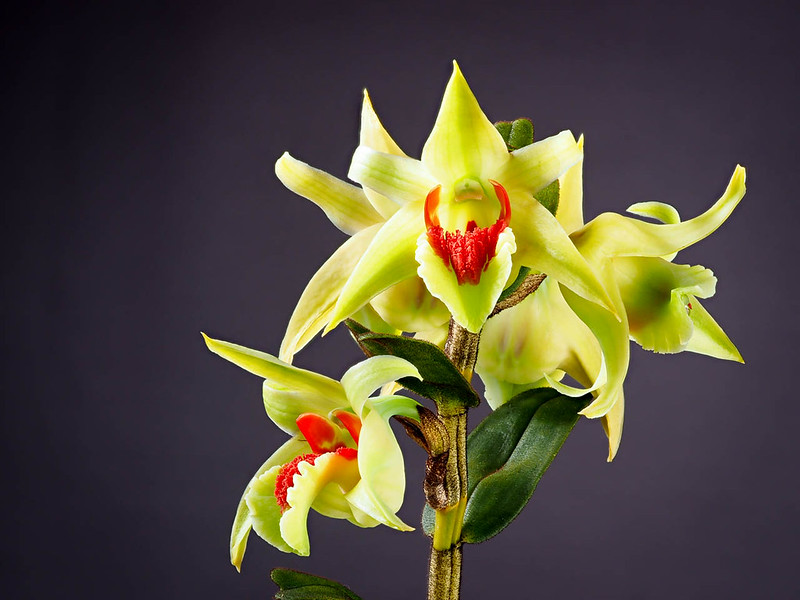 Dendrobium suzukii
Dendrobium suzukii is relatively recently described species. It belongs to
Dendrobium section Formosae. Although it is likely that this section will be revised in near future (e.g. molecular phylogeny has shown that
D. trigonopus and
D. jerdonianum do not belong to this section), the section contains about 50 species (Averyanov et al. 2016). According to Averyanov et al (2016), a lot of wild collected plants entered orchid markets in
Dalat city in 1999-2000. It was then described in 2002 by Yukawa. The species was supposed to be from two geographically separated regions;
Lam Dong and
Lai Chau provinces of Vietnam. Since it hadn't been re-discoverd in nature for a long time after the initial discovery, some people even speculated that it is an artificial hybrid produced by a nursery. However, in 2014, Dr. Nong Van Duy and Mr. Nguyen Phi Tam rediscovered it in Southern Vietnam, in a primary forest near the junction of
Binh Thuan,
Lam Dong and
Ninh Thuan provinces. It was observed on old trees of
Canarium sp. and
Podocarpus neriifolius. It hasn't yet been rediscovered from Lai Chau province, which is at the northern edge of Vietnam.
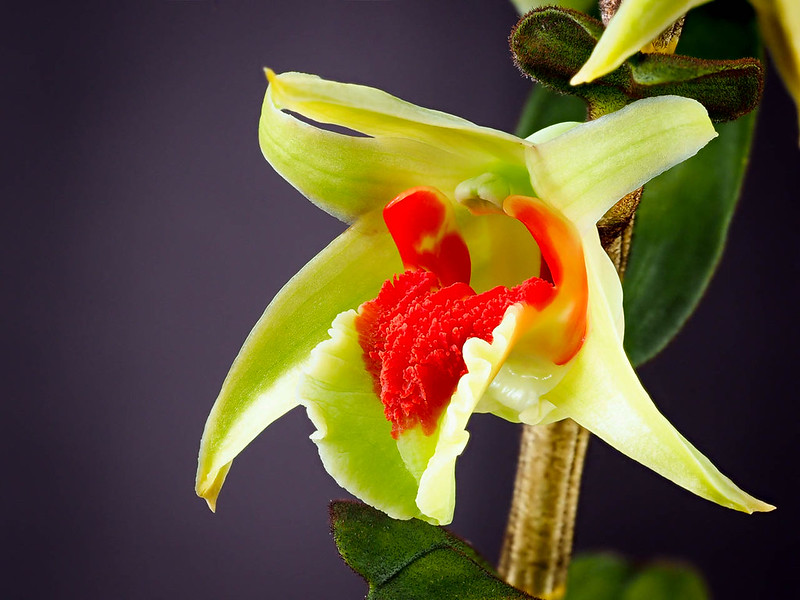
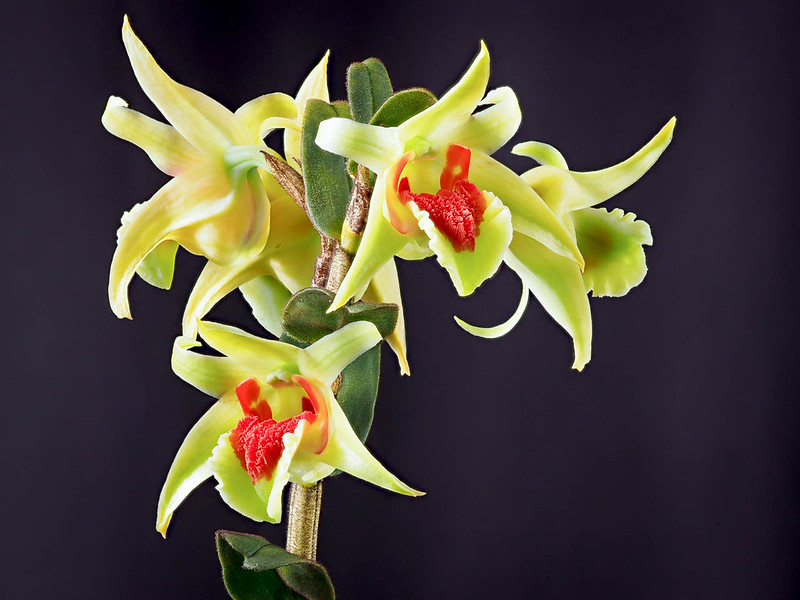
It is similar to
D. cruentum, which is also highly endangered species in nature.
D. suzukii has larger flowers and a callus with a different shape. But the easiest way to tell the two species is to look at the keels on the lip (5 keels on
D. suzukii and 3 keels on
D. cruentum). Also the outer margin of the midlobe of the lip is undulated in this species while
D. cruentum has more smooth margin.
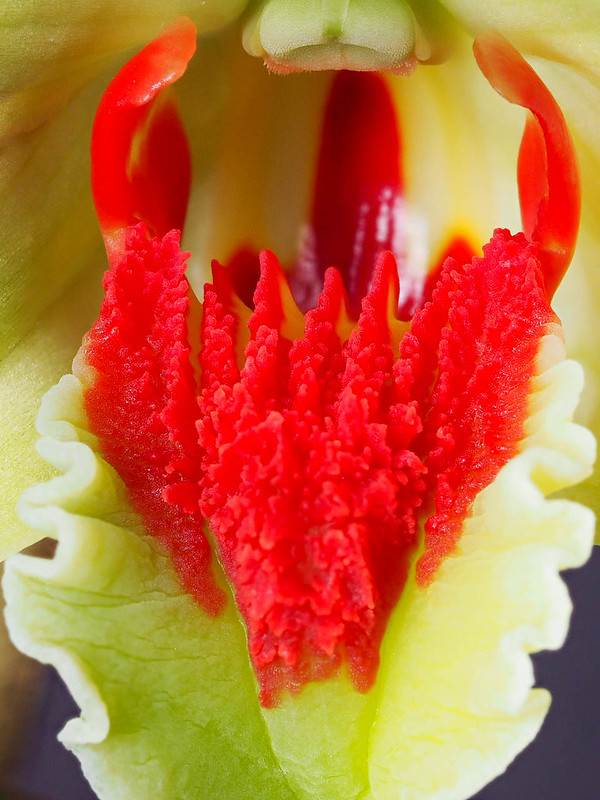 |
| Note the undulated (wavy) margin of the lip. |
 |
| Note the five central keels of the lip. Depending on how you count the number of keels, it might look that there are two additional keels. But if you look deeper (see the next photo), there are only 5 keels. |
 |
| The original description mentions a serniglobose (half-dome shaped) ca]lus on thc basal part of the lip, which you can see here. The side lobe was flattened here to show the details. When you look at the basal part of the midlobe, you can only see five keels. |
It is an epiphyte on tall trees in primary closed forest (Averyanov et al. 2016). The forest is dominated by seasonal and evergreen broad-leaved trees. Elevation range is 1000-1150m. It flowers between April and June. I'm growing it relatively cool; I would say the cool-end of intermediate; max/min daily temperature of 29/18C (84/65F) in the summer and 21/13C (70/55F) in the winter. Some people say that they experience pretty warm summer. I have been growing this plant only for a year, but looking at how much bigger the newer pseudobulbs are, the cooler temperature may be ok with this species.

Our 6-year-old son, Taiga, is almost done with his kindergarten, and today is his last day of the class. I was looking at photos from last spring, and it is amazing how quickly he is changing. He know all alphabets and can write and read simple sentences. He learned to count up to hundreds, and he can do addition and subtraction. He got a fitness award from his gym class and first place in a science fair. We are a bit puzzled with the former because he is fairly small for his age, and the parents are not athletic. Indeed, when I was a kid, I was usually the smallest and slowest kid in the gym class. We are not sure what kinds of fitness tests were involved, but I'm guessing that he might have done well because he doesn't easily give up. He still complains about violin practice, but he is definitely making progresses and he has done his violin recital successfully.
 |
| Science fair first prize. |
 |
| Taiga's second violin recital. |
 |
| End of year, musical play, Rumpus in the Rainforest, by kindergarteners. Taiga was a boa. |
He has been growing too fast, but one thing which hasn't changed is his passion for fishing. In the winter, we went to ice fishing if it wasn't too cold. May 5 was our first day of fly fishing this year. In the winter time, we occasionally talked about where to fly-fish as soon as ice melts. He wanted to go to Badger Slough, the first place where he tried fly fishing in 2017. I wrote about it in this
blog post. He couldn't cast as well as last year, but it appears that he was quickly getting back the feel. He managed to catch beautiful arctic graylings, and we had a great time. It was the beginning of our weekly commute to fishing spots for this year.
 |
| Our last ice-fishing trip of this winter, Chena Lake, April 28, 2018. Sunny and warm. We were the only people on the lake and caught lots of fish this day. |
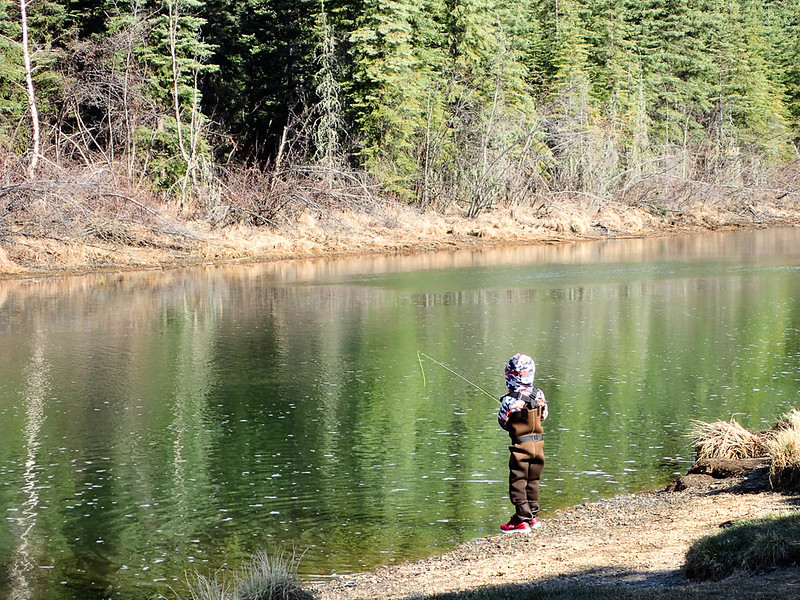 |
| Badger Slough. Our first fly fishing of the year, May 5, 2018. |
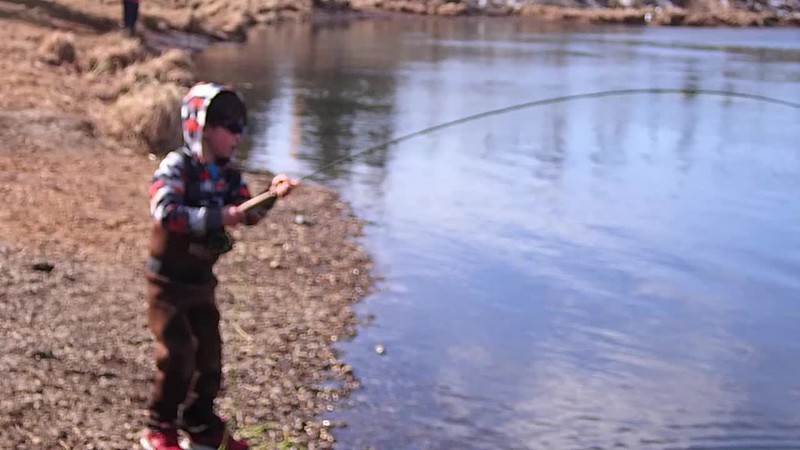

 |
| Our second fly-fishing trip to Badger Slough, May 12, 2018 |
 |
| Bead head nymph, which Taiga tied by himself (with a little bit of help) for May 12. Unfortunately, he lost it before catching a fish. I think my knot wasn't good, sorry.... |
Literature Cited:
- Averyanov, L.V., Ponert, J., Nguyen,
P.T., Duy, N.V., Khang, N.S. and Nguyen, V.C., 2016. A survey of
Dendrobium Sw. sect. Formosae (Benth. & Hook. f.) Hook. f. in
Cambodia, Laos and Vietnam. Adansonia, 38(2): 199-217. (Link to abstract)
- Yukawa, T., 2002. Dendrobium suzukii (Orchidaceae)-A New Species from Vietnam. Acta Phytotaxonomica et Geobotanica, 53(1): 11-16. (Link to abstract)
















Comments
Post a Comment